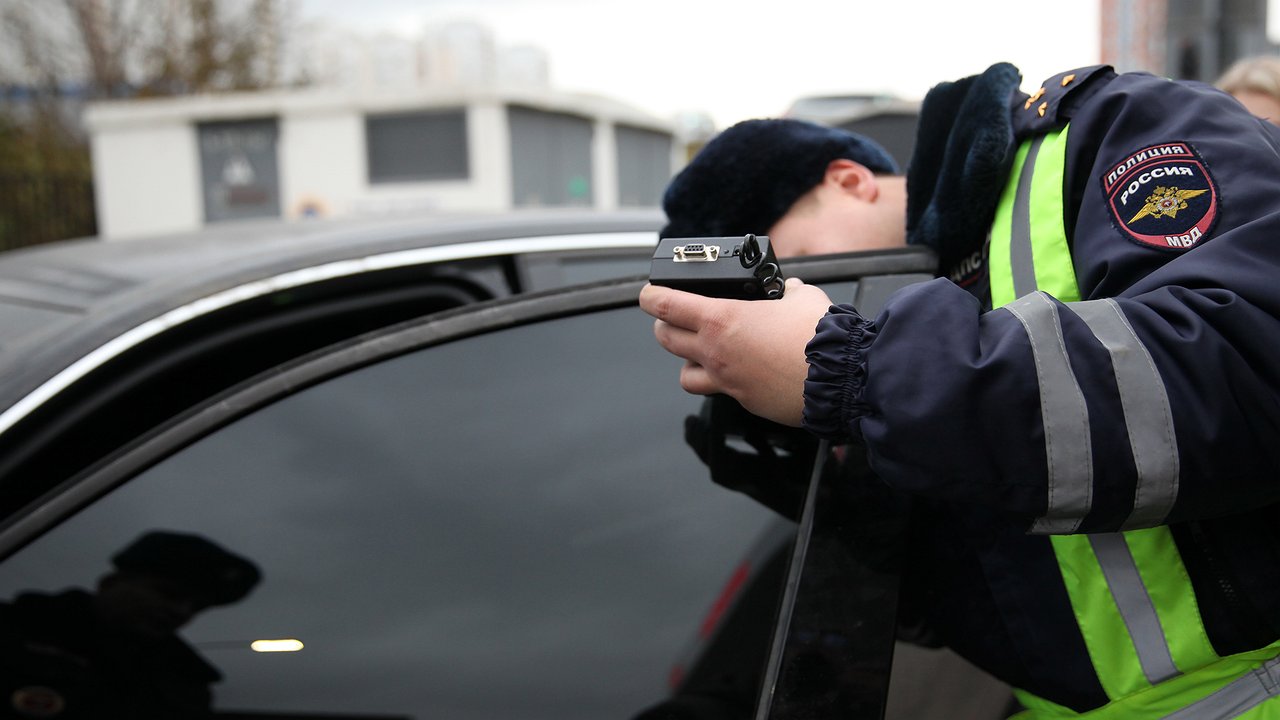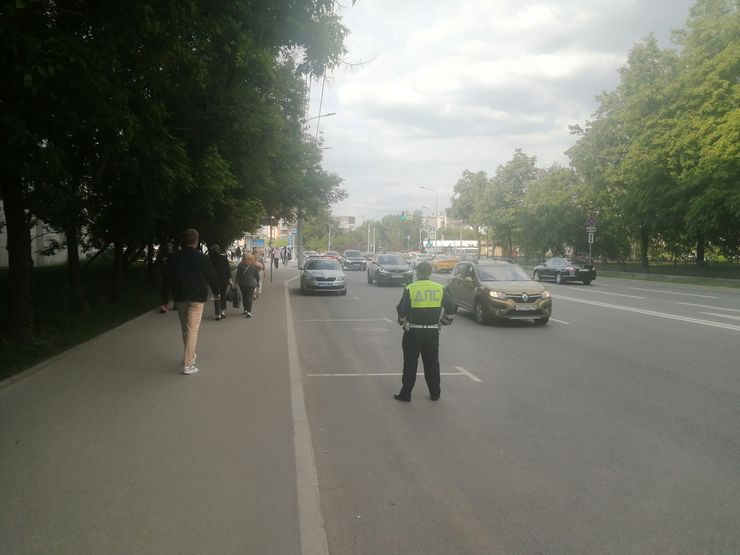A curious story that finally reached the Supreme Court of the Russian Federation began on December 17, 2021. Then Oleg Sh., a resident of the Mercedes-Benz of the Chelyabinsk region, was stopped by the traffic police personnel. Tinting the side windows of the car turned out to be too strong and the motorist was fined 500 rubles under part 3.1 of art. 12.5 Code of Administrative Offenses. Everything would be fine, but at the same time the driver was asked to remove the film and restore the degree of light transmission from the windows of his vehicle to the original level.
And this document was “shot” when Shpigun’s Mercedes again attracted the attention of traffic police officers – on February 12, 2022 in the city of Troitsk, Chelyabinsk region. The employees discovered the shade again. And in addition to the next fine for it, the citizen received another – already on the basis of part 1 of art. 19.3 of the Code of Administrative Offenses, for failure to comply with a lawful request from a police officer. There is a threat of a fine of 2,000 to 4,000 rubles, forced labor of up to 120 hours, or up to fifteen days of arrest.
The next day after this meeting with law enforcement officers, a trial took place, during which Oleg Sh. was found guilty. The citizen did not reconcile and entered into a legal battle with the ‘system’. To begin with, he appealed against the second protocol ‘for dyeing’ – after all, this logically became the basis for an administrative case ‘for failure to comply with a legal requirement’. As a reason for withdrawing the document drawn up by the traffic police team consisting of inspectors GV Kuznetsova and AV Boets, the driver cited a number of arguments














